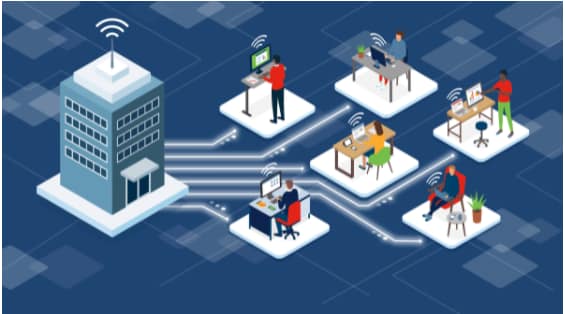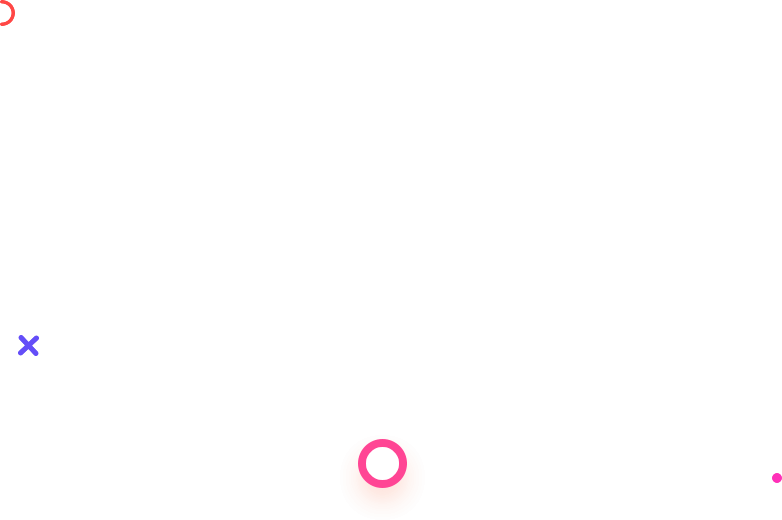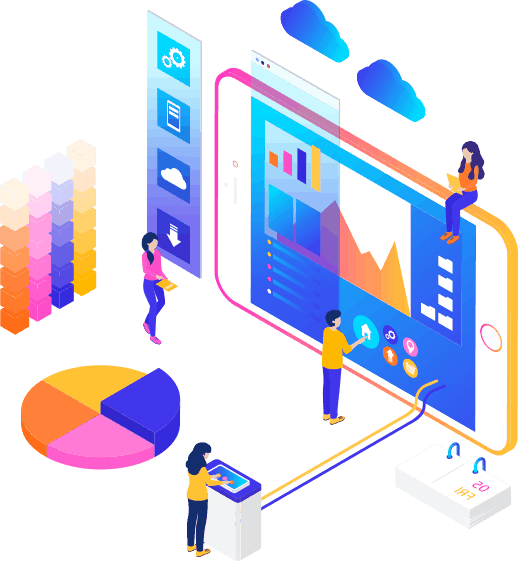Prototypes and mockups serve different purposes in the design and development process. When you are working as a professional Web Designer, you need to explore all of your options. Finding the right fit for that effective design can be a challenge sometimes. Often backed up with significant communication with the client, designer and your team, the workflow should be pristine. But did you know that mockups aren’t the best possible solution for a good workflow?

Nowadays, designers are more into Photoshop or illustrator for creating website graphics. They use multiple layers and files, show different pages, screen sizes and so on. After repeated revisions and discussions with clients, designers are either activated or passed onto another developer who is unrelated to the project.
This way, a back and forth system is necessary. This is to give the stakeholders the liberty to ask for clarifications on your design details, to point out limitations of technicalities and to announce the time when they deviate from the original discussion of the design. Depending on how much the change is being incorporated, the client gets involved again and again. This may lead to a three-way push which becomes a frustrating scenario.
The ideal approach here is to replace the mockups with fully functional prototypes. Since we are talking about Web Design, the prototype will be an actual interactive web portal. The idea can be a powerful tool as prototypes provide more than one can imagine.
Some of the advantages of shifting to prototypes include:
· a prototype is closer to the final product, hence it provides a faster workflow and the design can be approved nicely from design to final site
· The prototype is in the same format and medium as the final product. Everything you create as a prototype will be live with HTML and CSS. This is very non-similar to Photoshop mockups
· Prototypes are interactive and provide a visual appeal. When clients are rejecting the mockups, it’s often because they fail to understand the idea with static images. A prototype will help in this case
· Prototypes are great when you are trying to implement responsiveness in the project. The prototypes can be opened on various devices. They can be shown or tested to clients without assumptions. They are made in real-world sensible environments.

While both are valuable tools, prototypes are often preferred over mockups for several reasons:
-
Functionality testing: Prototypes allow for interactive and functional testing of a product or system. They can simulate the behavior and functionality of the final product, enabling designers and stakeholders to evaluate how it works and identify any potential issues or improvements. Mockups, on the other hand, are static representations and lack the interactive nature of prototypes.
-
User feedback: Prototypes are effective for gathering user feedback and conducting usability testing. By creating an interactive prototype, designers can observe how users interact with the product, understand their needs and preferences, and make informed design decisions based on this feedback. Mockups, being static representations, provide limited opportunities for user engagement and feedback.
-
Iterative design: Prototyping allows for iterative design and development. Designers can quickly build and modify prototypes to explore different ideas, test multiple design variations, and refine the product based on user feedback. This iterative process can lead to a more user-centered and refined final product. Mockups, being static representations, are less flexible for rapid iteration and exploration of design alternatives.
-
Feasibility assessment: Prototypes can help assess the technical feasibility and implementation challenges of a product or system. By creating a functional prototype, designers can evaluate whether the intended features and interactions are achievable and identify any technical limitations or constraints early in the design process. Mockups, being static representations, provide limited insight into technical feasibility.
-
Communication and collaboration: Prototypes often facilitate better communication and collaboration among project stakeholders. With an interactive prototype, designers can effectively demonstrate and communicate their design concepts, interactions, and user flow to developers, clients, and other stakeholders. Mockups, although visually representative, may not convey the intended user experience as effectively.
That said, mockups still have their place in the design process, especially in the early stages when exploring visual design concepts or presenting static representations of the user interface. They can be useful for communicating aesthetics, layout, and visual branding elements. However, when it comes to evaluating functionality, usability, and gathering user feedback, prototypes are generally preferred due to their interactive and functional nature.


